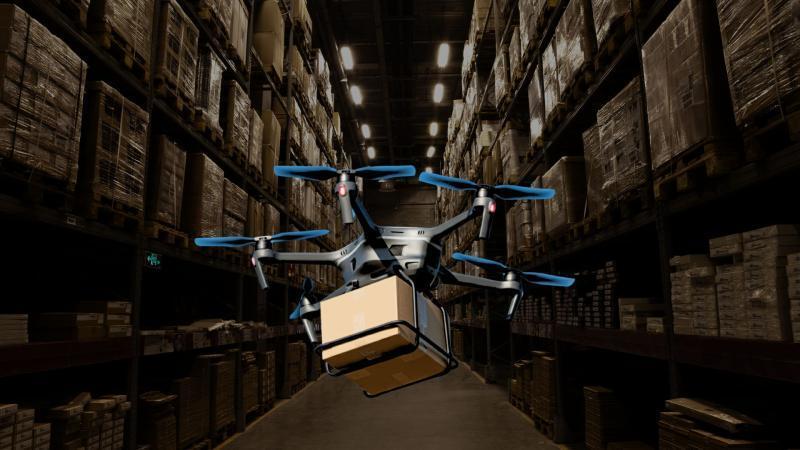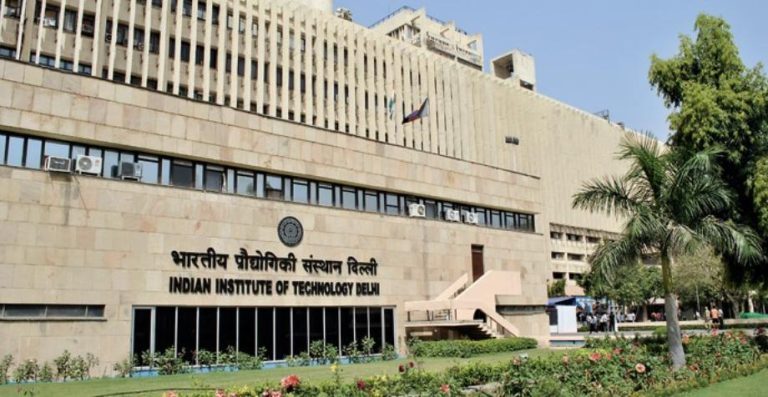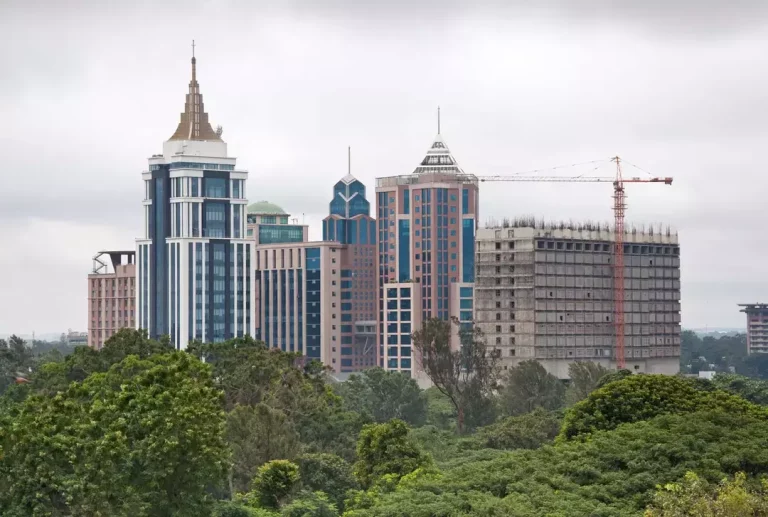
New Tech Optimizes Drone Fleets for Faster, Greener Deliveries
Imagine your packages arriving at your doorstep faster, with a significantly reduced environmental impact. This vision is becoming a reality, thanks to innovative research that addresses the Drone Warehouse Problem, a critical challenge in the logistics industry. The new technology optimizes drone delivery schedules, allowing warehouses to efficiently manage diverse drone fleets and ensure timely parcel delivery. This breakthrough has significant implications for scalable, sustainable last-mile delivery solutions.
The Drone Warehouse Problem refers to the difficulty of managing and coordinating drone flights to ensure efficient and timely delivery of packages. With the increasing adoption of drones for delivery purposes, this problem has become a major concern for logistics companies and researchers alike. The challenge lies in balancing the number of drones in the air, their flight paths, and the delivery schedules to ensure that packages are delivered quickly and safely.
To tackle this problem, researchers at [Research Institution] have developed a novel algorithm that optimizes drone fleet management. The algorithm takes into account various factors, including the number of drones available, the weight and size of packages, weather conditions, and traffic patterns. By analyzing these factors, the algorithm determines the most efficient flight routes and schedules for the drones, minimizing delays and reducing the risk of collisions.
The algorithm is designed to be flexible and adaptable, allowing it to be used in a variety of scenarios and environments. For example, it can be used to manage a single drone or a fleet of hundreds of drones, making it an ideal solution for logistics companies of all sizes. Additionally, the algorithm can be integrated with existing logistics systems, making it easy to implement and integrate into existing workflows.
The benefits of this technology are numerous. By optimizing drone fleet management, logistics companies can reduce delivery times by up to 50%, resulting in faster delivery to customers. Additionally, the algorithm can help reduce fuel consumption and emissions by up to 30%, making it a more environmentally friendly option.
The impact of this technology extends beyond the logistics industry. As the demand for sustainable and efficient delivery solutions continues to grow, this technology has the potential to revolutionize the way we think about last-mile delivery. With the rise of e-commerce and the increasing pressure to reduce carbon emissions, this technology is poised to play a critical role in shaping the future of logistics.
How Does it Work?
So, how does this algorithm work its magic? The algorithm uses a combination of advanced data analytics and machine learning techniques to optimize drone fleet management. Here’s a step-by-step breakdown of the process:
- Data Collection: The algorithm collects data on various factors that affect drone flight, including weather conditions, traffic patterns, and the weight and size of packages.
- Flight Route Optimization: The algorithm uses this data to determine the most efficient flight routes for the drones. This involves analyzing the flight paths and determining the optimal route for each drone to take.
- Scheduling: The algorithm schedules the drone flights to ensure that packages are delivered quickly and efficiently. This involves determining the best time for each drone to take off and land.
- Real-time Monitoring: The algorithm continuously monitors the drone flights and adjusts the schedules as needed to ensure that packages are delivered on time.
Real-World Applications
The potential applications of this technology are vast. Imagine a future where drones are used to deliver packages in urban areas, reducing traffic congestion and emissions. This technology has the potential to revolutionize the way we think about last-mile delivery, making it faster, more efficient, and more sustainable.
Conclusion
The development of this novel algorithm is a significant breakthrough in the field of drone logistics. It has the potential to revolutionize the way we think about last-mile delivery, making it faster, more efficient, and more sustainable. As the demand for sustainable and efficient delivery solutions continues to grow, this technology is poised to play a critical role in shaping the future of logistics.
Source:
https://researchmatters.in/news/novel-algorithm-tackles-drone-warehouse-problem-faster-deliveries






